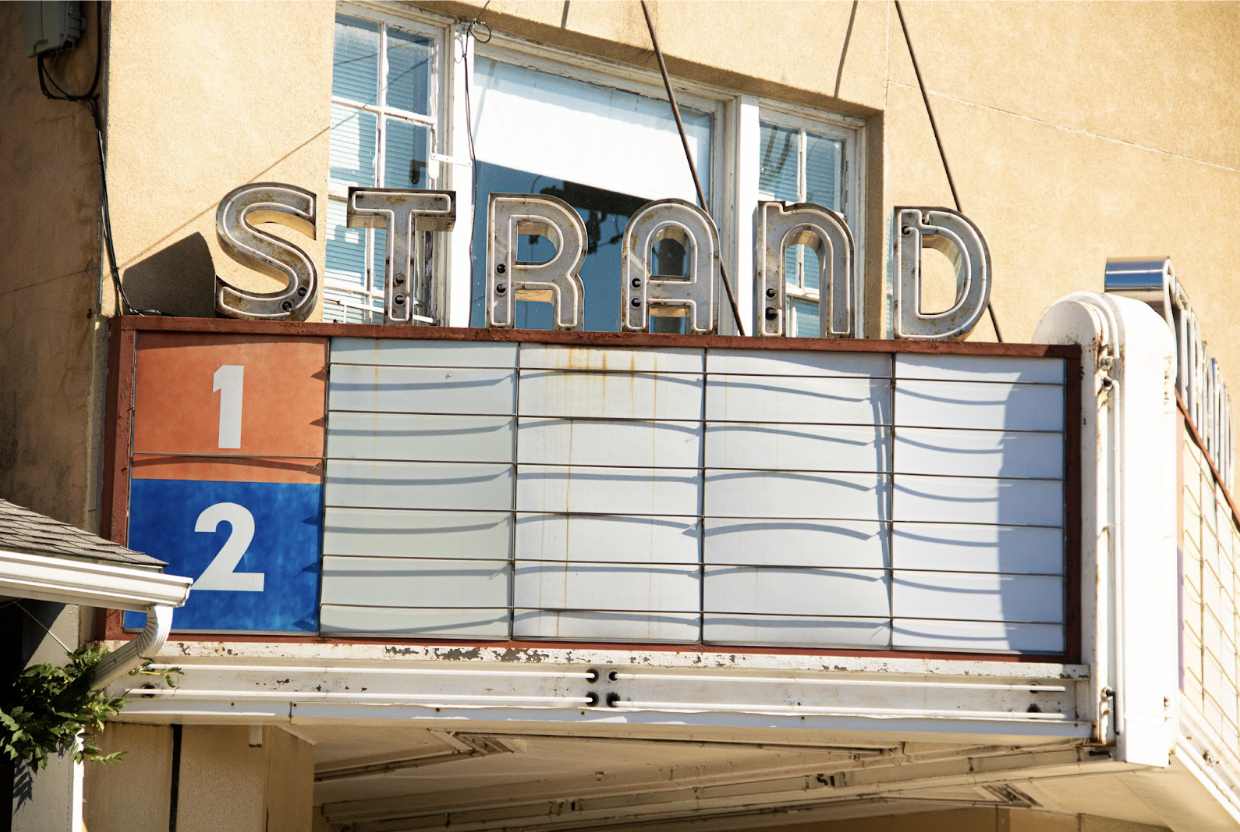By Joshua Herring

Photo by Lindsey Borgman
Eager photographers rarely experience the opportunity to capture the universe beyond terrestrial limits. Yet, at KU’s own observatory in the Grim science building, photographers in the art department are offered the chance to expose their cameras to the stars.
In room 300 of the science building, astronomy and physics affiliates use the large and cutting-edge telescope to conduct astrophysics experiments, research projects and public observing events. Correspondingly, students of the art department are able to partake in a more cosmic form of visual camerawork.
According to Dr. Phillip Reed, physics professor and director of KU’s Planetarium and Observatory, the large two-foot wide optical telescope at the center of the observatory effectively becomes the “lens” of the camera for taking photographs of objects in space.
“KU photography students, and others, have used this setup to take amazing photographs of objects in outer space ranging from close-ups of our moon and the other planets in our solar system, to nebulae of star formation, supernova remnants and interacting galaxies millions of light-years away,” said Reed.
The observatory obtains special camera adaptions, such as the “hydrogen-alpha” filter, which allow digital cameras to link to the telescope’s high-tech instruments.
According to Reed, those interested in taking advantage of the observatory’s astrophotography capabilities typically organize dates and times ahead of time, as there are no open observatory hours.
Frequently, amateur photographers interested in taking pictures of the night sky are forced to resort to piggyback methods, according to KU fine arts alumni Melanie Kessler. This involves buying an additional lens for your camera that will enable the capturing of more complex space formations.
Fortunately, at the KU observatory, the astrophotography opportunities allow for student photographers to directly connect their cameras to a lens over ten times the size of any digital camera.
“The photography options offered at the observatory give people access to focus and exposure that would otherwise be unattainable. It’s amazing to be able to not only see how astrophotography works, but also be able to take pictures of spectacles outside of our world,” says Kessler.
In order to make use of the astrophotography opportunities, telescope time is available upon request by filling out an application on the KU observatory website.
Visiting astronomers, faculty, and students involved in photography or research projects are eligible. More information is available online.




Leave a Reply